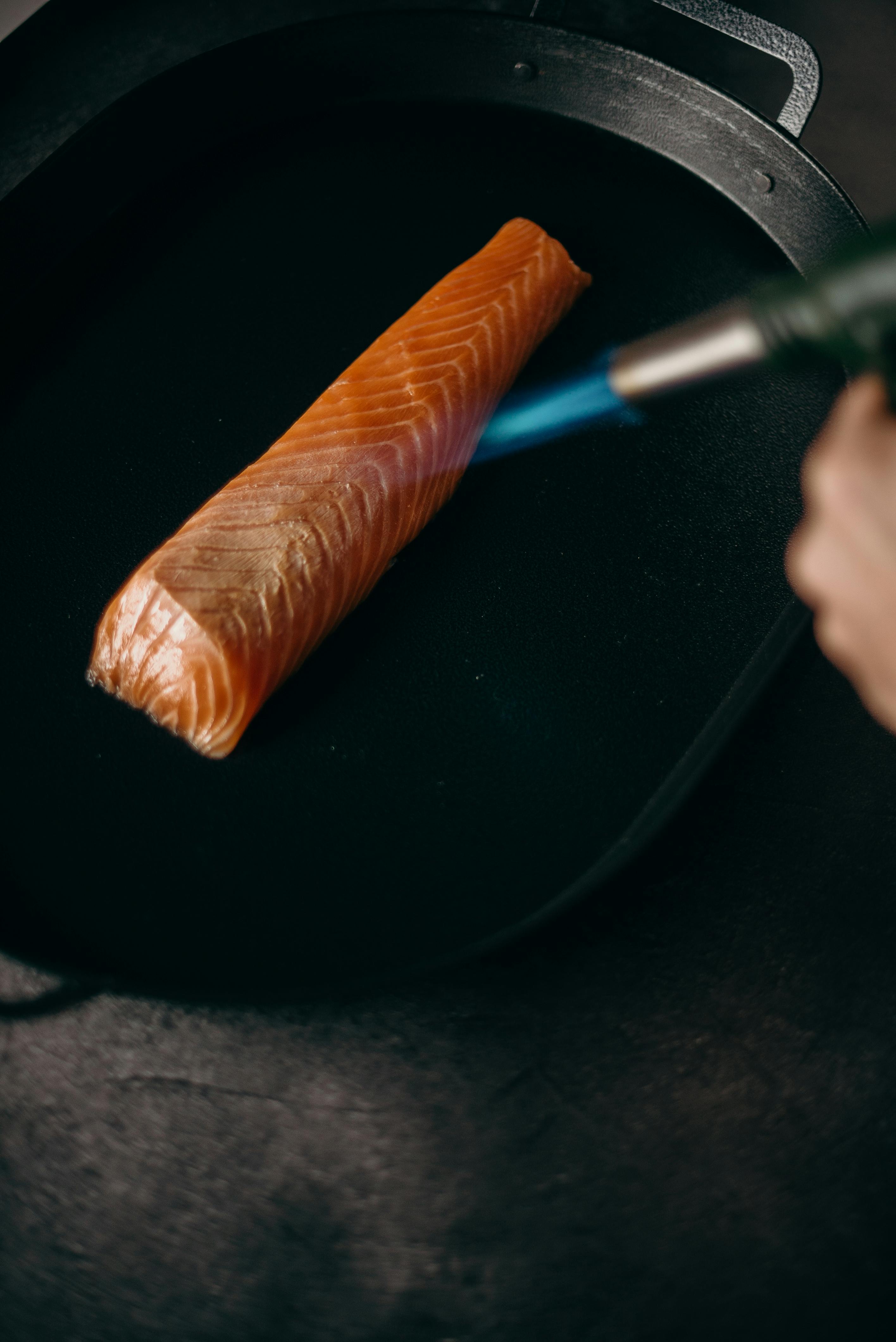
Comprehensive Guide to Effectively Treating a Second Degree Burn in 2025
Understanding how to treat a second degree burn is crucial for promoting optimal healing and preventing complications. Second degree burns affect both the epidermis and part of the dermis, resulting in symptoms like redness, swelling, blisters, and pain. This comprehensive guide will cover essential aspects of second degree burn treatment, from first aid steps to managing pain and supporting the healing process. We'll delve into various treatment options including over-the-counter medications, soothing agents like aloe vera gel, and techniques for blister care.
By following this guide, you will learn about the best practices for wound care, the importance of maintaining a healing environment, and when to seek professional medical help for burns. Additionally, we will provide insights into the nutritional support needed for skin regeneration, the psychological impacts of burns, and resources available for ongoing care. Prepare yourself with knowledge and tools to ensure effective second degree burn treatment.
Essential First Aid Steps for Second Degree Burns
Immediate care is critical when treating a second degree burn. By implementing proper first aid measures, you can alleviate pain and reduce the risk of complications. Initially, the affected area should be cooled with running water for at least 10 to 15 minutes. This helps lower the temperature of the skin and alleviates pain.
Initial Cooling Techniques
Using cool (not cold) water is the ideal way to cool down a burn. Cold compresses can also be effective; however, avoid ice, as it can further damage the tissue. Make sure to keep the burn submerged to prevent overheating. If immersion isn't possible, gently spraying the burn with cool water can help.
Proper Cleaning Technique
After cooling, gently clean the area using mild soap and lukewarm water. Avoid scrubbing, as it may aggravate the injury. Pat the area dry with a soft, clean cloth, and avoid using any harsh chemicals or iodine as they can irritate the skin.
Moisture Retention and Infection Prevention
Once the area is clean, apply a soothing agent such as aloe vera gel or an antiseptic ointment to promote healing and moisture retention. Aloe vera is particularly effective due to its natural soothing properties. Cover the burn with a sterile non-stick dressing to protect it from contaminants.
Over-the-Counter Medications and Pain Relief Options
Managing pain effectively is essential to enhance comfort and promote recovery. Over-the-counter medications such as ibuprofen or acetaminophen are effective for pain relief following a second degree burn. Alternate forms of pain management may also be necessary to maintain comfort.
Topicals for Burns
Several burn ointments and creams are available over-the-counter that can aid in reducing pain and inflammation. Products that contain lidocaine or benzocaine are designed specifically for pain relief and can be used in conjunction with other treatments. Always consult a pharmacist or healthcare provider if unsure which product is best.
Cold Compress for Pain Relief
Utilizing a cold compress post-burn can provide immediate pain relief. A clean, soft cloth soaked in cold water can be applied to the burn, offering soothing relief from the initial discomfort. Remember to avoid direct ice contact, as it can worsen the injury.
Monitoring for Infection and Signs of Healing
It is vital to keep a watchful eye on the burn for any signs of infection, which may include increased redness, swelling, pus, or a fever. Engaging in regular dressing changes will help ensure cleanliness and allow you to monitor the healing process effectively. If you suspect an infection, seek medical assistance promptly.
Wound Care Strategies for Optimal Healing Conditions
Providing appropriate wound care is crucial for second degree burn recovery. Effective strategies focus on hydration, dressing choices, and creating an optimal healing environment. After the initial care, it is vital to continue nurturing the wound.
Choosing the Right Burn Dressings
Hydrogel dressings are often recommended for second degree burns as they provide moisture while allowing the skin to breathe. They facilitate a healing environment, which can reduce pain and scarring potential. Transitioning to non-adhesive and breathable dressings as healing progresses can prevent additional trauma during dressing changes.
Skin Protection and Blister Care
When dealing with blisters, it’s essential to avoid popping them as this can lead to infection. Protect the area with a non-stick covering and allow the blister to drain naturally if it does burst. Keeping the area clean and covered significantly reduces the risk of complications.
Promoting Skin Regeneration with Nutrition
Adequate nutrition plays a vital role in wound healing. Incorporating foods high in protein, vitamins, and minerals can significantly influence the body's recovery capabilities. Hydration is equally important; maintaining good fluid intake supports skin hydration and overall healing.
Psychological Support and Long-Term Care Post-Burn
Addressing the psychological impacts of burns is an often-overlooked aspect of recovery. Emotional and psychological support, both for the burn victim and their families, is essential during the healing process. Connecting with support groups specifically for burn survivors can create a strong emotional network.
Impact of Burns on Daily Activities
Second degree burns can alter daily routines, impacting everything from getting dressed to engaging in social activities. It’s important to manage these changes through adaptive techniques and emotional support, ensuring that recovery is holistic.
Understanding the Healing Timeline
Knowing the burn healing timeline helps set realistic expectations for recovery. Typically, immediate healing takes place within the first two weeks. However, complete regeneration may take several weeks or months, dependent on care and individual factors such as overall health and nutrition.
When to See a Doctor
Recognizing when to seek medical attention is key to preventing complications. If the burn encompasses a large area, is located on the face, hands, feet, or genitals, or if signs of infection arise, it’s crucial to consult a healthcare provider. Additionally, seek help for persistent pain that cannot be managed with over-the-counter medications.
Conclusion: Emphasizing Safety and Prevention in Burn Care
In conclusion, treating a second degree burn effectively involves a combination of immediate first aid, ongoing wound care, pain management, and psychological support. Understanding the resources available for recovery, along with a strong support system, can significantly enhance the healing process.
As you navigate the recovery journey, remember the importance of skin protection, nutrition, and follow-up care in preventing complications and supporting long-term health. This approach not only fosters a smoother recovery but also empowers burn survivors in their healing journey. For additional resources and education, visit here or here.

